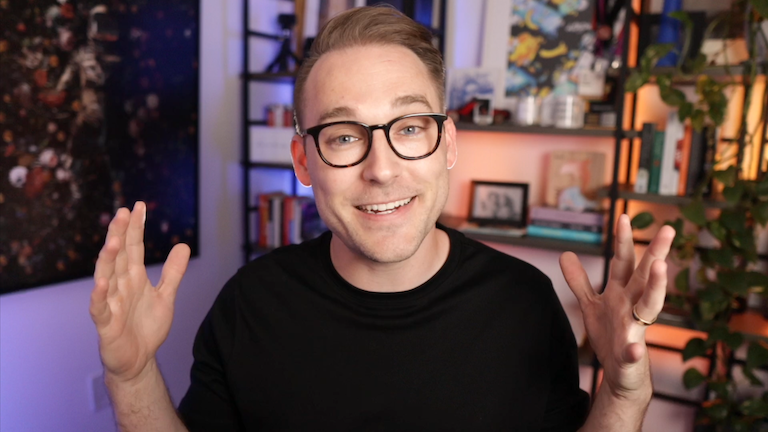Who are you teaching?
Creating an effective video course can feel overwhelming, especially when determining how to organize and present the information. This video will guide you through my process for developing impactful course content.
Identifying your target audience
The first step in course content preparation is understanding who you are creating this content for. Who are you teaching? Understanding your audience influences your content's design and delivery.
Consider this course for instance; the intended audience is highly technical individuals who want to educate others but don't have the time or desire to go deep into video production. They might be designers, developers, content creators, or other computer-based professionals who are not video editors.
I've created a course titled "MySQL for Developers". Instead of aiming at database administrators, I tailored it towards application developers since I could speak from an application developer's perspective. I understood their needs and approach to a database. This targeted approach worked perfectly — I was able to provide value to a narrow, specific audience.
What do you know really well, and is there a specific audience that you can teach that thing to?
Another example would be "Excel for People Who Hate Excel". It's not just a Microsoft Excel tutorial; it's a solution for people who can't stand Excel but need to use it. This angle works because it speaks directly to a particular sector of the population, leveraging empathy to bridge educational gaps.
Setting your course's tone
Once you've identified your audience, setting the right tone for your course is the next crucial step. An angle, or a unique perspective, helps your course stand out and allows people to resonate with your content.
Let's say you're contemplating a course on bookkeeping. Rather than a broad overview, a course entitled "Bookkeeping for Disorganized People" would pique interest. Acknowledge the users' struggles up front and assure them you have a solution — a practical way to learn bookkeeping despite their disorganization.
Picking a level of expertise
Lastly, consider the expertise needed by your audience. If your course caters to beginners, ensure your content covers critical basics, even if "beginner" isn't explicitly in the course title. If you're targeting an intermediate audience, you can skip basic concepts to avoid boring your learners.
The secret sauce in content creation for course instruction is knowing your audience intimately, finding an angle that will resonate with them, and understanding their expertise level. Defining your audience for your course ensures an optimal learning experience and ultimately, course success.
Remember, there's no one-size-fits-all strategy when it comes to teaching. Finding what works best for you and your audience is the key.

